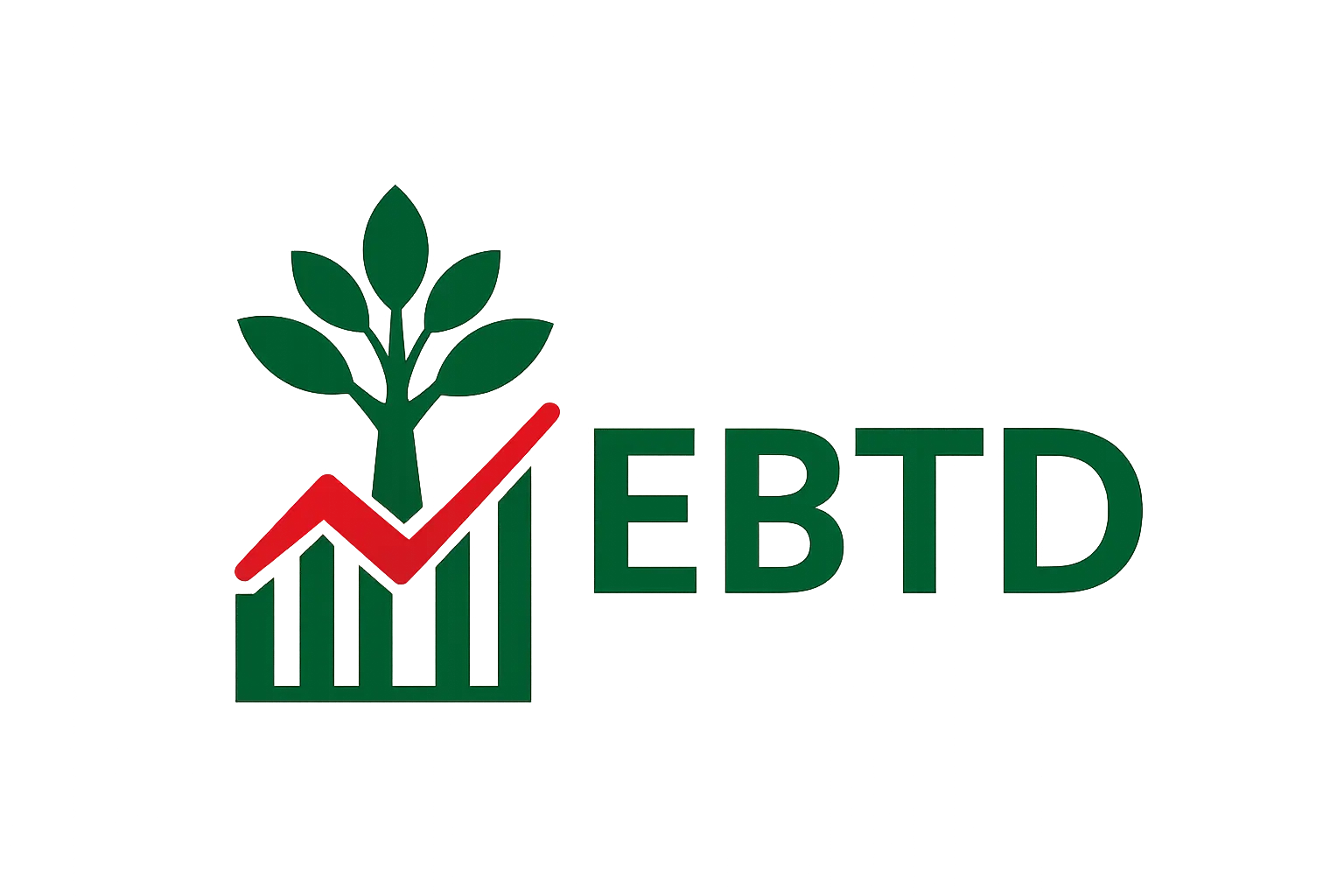BRIDGE: Curriculum & Teaching Self-Review Framework
Introduction to Curriculum & Teaching Review
- Intent: What do we want pupils to learn and why?
- Implementation: How will teaching make that learning happen?
- Impact: How will we know if it has worked?
The BRIDGE Framework brings these ideas together, helping schools in Bangladesh review and strengthen both curriculum and classroom practice through six interlinked clusters:
- Curriculum Intent & Leadership – how vision and leadership shape what pupils learn.
- Sequencing & Progression – how knowledge builds coherently over time.
- Foundations in Literacy, Numeracy & Oracy – ensuring every learner masters the basics that unlock wider learning.
- Teaching Practices & Pedagogy – the day-to-day craft of effective teaching.
- Inclusion & Access – ensuring all pupils, regardless of background or need, benefit from ambitious learning.
- Curriculum Impact – understanding what pupils have truly learned and how well the curriculum achieves its goals.
🧭 How to Use This Review
These clusters are designed to be practical, flexible, and developmental. You don’t need to complete them in order. Leaders might choose to:
- Start with the cluster that feels most urgent or relevant.
- Divide clusters among teams (e.g., subject heads, literacy coordinators, senior leaders).
- Bring findings together in a whole-school review or development plan.
Each cluster includes:
- 🔎 Evidence Review — explaining what the cluster means and why it matters.
- 🧪 Active Ingredients (Non-Negotiables) — the essential practices that drive improvement.
- 🧭 Self-Evaluation Questions — reflective prompts to help teams discuss strengths and areas for growth.
- 📊 Exemplar Table — a practical model showing how to record evidence and next steps.
- 📥 Download Template — a Word version to adapt for your own context.
💬 Principles for Meaningful Review
- Encourage open dialogue, not judgement. The aim is learning, not inspection.
- Base every conclusion on evidence. Use documents, lesson visits, pupil work, and discussions.
- Adapt, don’t adopt. Use the exemplar tables as guides but make them your own.
- End every cluster with next steps. Focus on realistic, high-leverage actions your team can implement.
